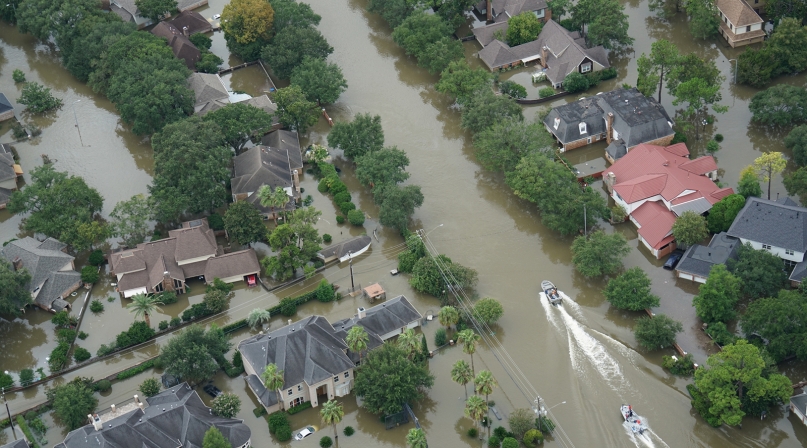National Flood Insurance Program extended to Nov. 30
Upcoming Events
Related News

Key Takeaways
The U.S. Senate approved a short-term extension July 31 of the National Flood Insurance Program (NFIP) through Nov. 30 on an 86-12 vote. The Senate vote follows the U.S. House of Representatives’ approval of an identical extension, sending the legislation to the White House for President Trump’s signature.
The new extension comes as many coastal communities prepare for hurricane season and as efforts to enact a long-term extension of the program have seemingly stalled in Congress. NFIP’s last long-term authorization was passed in 2012 under the Biggert-Waters Flood Insurance Reform Act of 2012, which expired Sept. 30, 2017. Since the program expired, Congress has passed a series of short-term extensions to keep NFIP functioning until members agree to a long-term reauthorization bill.
In addition to providing flood insurance coverage to local property owners, NFIP also provides pre-disaster mitigation funding for communities that participate in the program. Counties have urged Congress to enact a long-term reauthorization of NFIP. When the federal government uses short-term funding extensions, counties are often unable to effectively plan and implement a workable budget.
Attachments
Related News

States file lawsuit challenging FEMA’s new rules on emergency management grants
On November 4, a coalition of 12 states filed a lawsuit against the U.S. Department of Homeland Security (DHS) and the Federal Emergency Management Agency (FEMA), alleging that recent changes to key emergency management grants are unlawful and could disrupt state and local preparedness efforts.

County Countdown – Nov. 4, 2025
Every other week, NACo's County Countdown reviews top federal policy advocacy items with an eye towards counties and the intergovernmental partnership.
FEMA bill staffers offer insights into reform effort
NACo Intergovernmental Disaster Reform Task Force heard from staffers who helped shape a bill that would make dramatic changes to the Federal Emergency Management Agency.